Here is a name that is so recognisable – Peter Noble a man with a Show Business connection throughout his whole life – he could be summed up in so many ways king of the name-droppers, Memory Man of the Movies and so on.
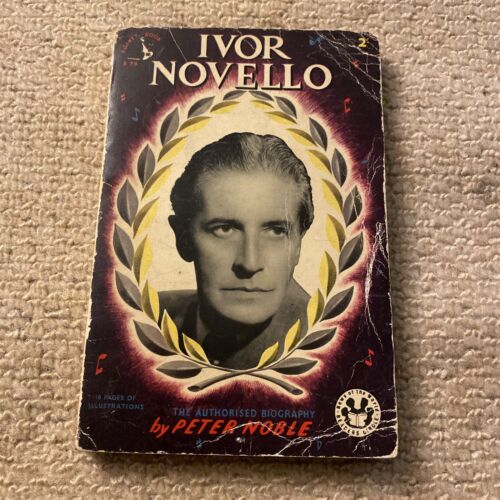
He wrote and edited so many books including the ones here
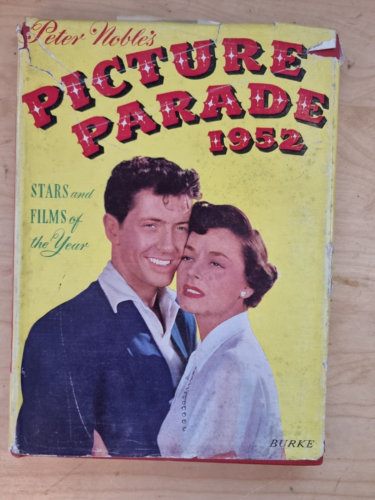
What a varied career he had as this Obituary in one of our Newspapers describes :-
Peter Noble was born in Clerkenwell, which in 1917 was still known as Little Italy. His father, a watchmaker, was dead by the end of the First World War, and the slum orphan was sent to live at the Farningham Home for Boys. His Aunt Betty sent him a copy of Arthur Mee’s Children’s Newspaper every week, and he spent his pocket money watching silent films – His favourites were the cowboy star Hoot Gibson, the serial hero William Desmond, and Charlie Chaplin’s “Kid”, Jackie Coo[er
His first job was as apprentice to Boots the Chemist in Cheapside, but childhood visits to the local variety theatres had given him a taste for the stage. At 17, nattily attired in green shirt, red tie, grey suit and tan suedes, he went to the Theatrical Garden Party. Noel Coward took one look at him and said, “What a delightful ensemble!” Despite that, the two later became friends.
Like many thinking young men at the time, Noble went to the Unity Theatre at King’s Cross where the mighty Paul Robeson sang and acted in a political piece called Plant in the Sun. (“I sat next to Michael Redgrave”, he was fond of recalling.) Noble immediately joined the company, did his first acting in a political travesty of Babes in the Wood , and toured in the famous Waiting for Lefty. (“With John Slater, Alfie Bass and Bill Owen – when he was still Rowbotham!”) In 1939 Noble narrated Symphony of Youth in an open-air production in Brockwell Park. Joss of the Star caricatured him; Noble bought 25 copies.
With the start of the Second World War, Noble, using his chemistry training, volunteered as a stretcher bearer in Civil Defence. One day a wall collapsed on him, and that was the end of his weekly wage of pounds 2 18s 5d. He returned to the stage as Strindberg’s rapist butler in Miss Julie opposite Marcella Salzer, and a first flutter in films followed.
Noble’s screen roles were so small that he seldom rated mention in the credits. He was an auxiliary fireman supporting Tommy Trinder in Ealing’s The Bells Go Down (1942), the head boy of an acting school in Gainsborough’s version of Tommy Handley’s top radio series It’s That Man Again (1943), a prisoner of war in Powell and Pressburger’s The Life and Death of Colonel Blimp (1943), and a bewhiskered musical hall chairman in Butcher’s Variety Jubilee (1943). A larger appearance in a smaller picture was The House of Dr Belhomme, a B-movie which ran out of money and eventually turned up in 1947 as Escape Dangerous. On the film he co-starred with Marianne Stone, the actress who became his second wife the same year.
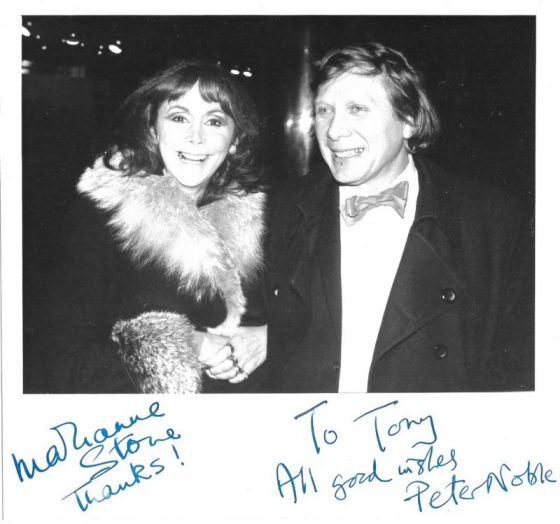
Noble tried his hand at composing music, and the song “You Do Things To Me” sung by the Welsh comedienne Maudie Edwards in the Will Hay comedy My Learned Friend (1943) was by him, as were all the songs in the very minor, virtually unseen musical film Walking on Air (1946). This starred a shy, slender newcomer Patsy Sloots; Noble suggested she rename herself and as Susan Shaw she swiftly shot to stardom.
Years later Noble would return to films, this time behind the camera. He worked as associate producer on The Runaway Bus (1954), a starring vehicle for the young Frankie Howerd, To Dorothy a Son (1954), with Shelley Winters, Lost (1955) with David Farrar, and Fun At St Fanny’s (1956) which was built around Cardew “The Cad” Robinson, with the fat Fred Emney as the plump Dr Jankers. Noble co-wrote the screen play.
But the real career of Peter Noble, show business journalist, writer and film historian began in 1946 – 1945 if we include his first book, Transatlantic Jazz. An incredible number of one-off paperbacks flew from his typewriter during those post-war years. Small companies like Pendulum Publications issued his series of shilling film quiz books, and even a Peter Noble Film Book Club was launched with cinema books sent to members on subscription.
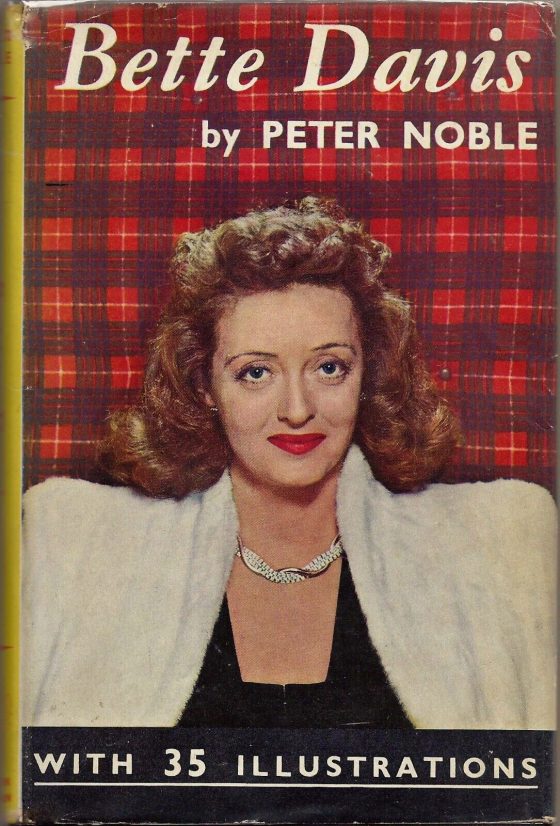
There was Spotlight on Filmland, Screen Survey (20 star biographies with stills), Hollywood Screen Stars, and on the heavier side, biographies of Orson Welles, Bette Davis, Erich von Stroheim and Ivor Novello. He edited magazines called Cinema Monthly and Film Quarterly. He wrote the first book to treat black cinema seriously, The Negro in Films (1947), and made his greatest contribution to the history of the medium with the first ever British Film Year Book, which started in 1946 with an introduction by the tycoon J. Arthur Rank and continues in differing form to this day. This first volume is a true collectors’ item, with its detailed history of British cinema and a near complete listing of all the feature films produced during the Second World War.
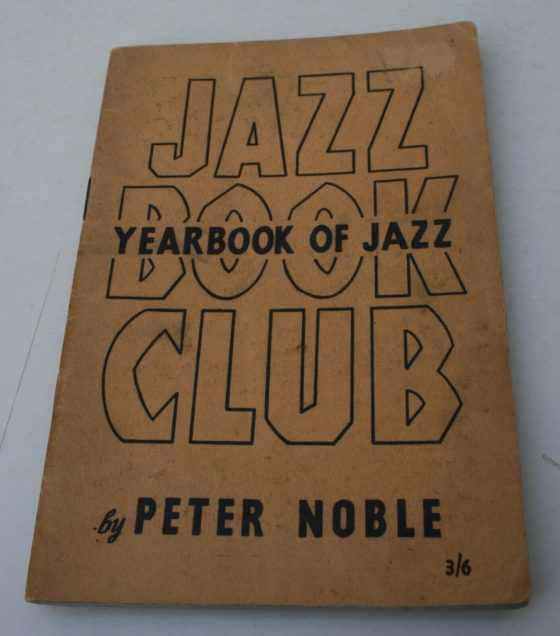
This massive amount of work made Noble the best known name in popular screen journalism, seconded only by Raymond Leader, the pen name he was forced to use when his own appeared rather too frequently. Soon he was broadcasting regularly in the BBC’s Film Time, where he resided for four years, and Luxembourg’s Movie Magazine, hosted by Wilfrid Thomas and sponsored by Silvikrin Hair Tonic. (“The studio was so cold that Godfrey Winn lent me his black overcoat – it was lined with mink!”)
Then came the television years. Current Release, hosted by John Fitzgerald, used Noble as their film star interviewer. His first was the teenager Joan Collins. (“I got just one crit”, recalled Noble, “Peter Noble seems to need a haircut!”). This series led to The Other Screen (1956) on Associated- Rediffusion, the first London commercial station, followed by Film Fanfare (1957) every week on ABC-TV. He was seen on a quiz panel with Richard Todd, Glynis Johns and Hollywood’s June Havoc.
Noble’s biggest television hit was as a panellist on the game show Find the Link (1955), teamed with Moira Lister, Jo Douglas and Kenneth Horne. (“I took Gilbert Harding’s advice – if you can’t sing, act, dance or be funny, then television is the place to make your name!”) It made Noble’s, and he went on to chair the all-girl chatterama, Yaketty-Yak (1956), perhaps the first feminist chat show, which sported the glamour queens Therese Burton, Shirley Ann Field and Carole Leslie. Later in life he would return to television quiz games on the nostalgia show Looks Familar (1980).
Collie Knox, the famous newspaper critic, called Noble “Britain’s walking encyclopaedia of films” when he introduced “Can You Beat the Expert”, a new regular feature to the monthly magazine ABC Film Review in March 1951. Readers’ tricky questions were pulled out of the hat and Noble’s off-the-cuff answers were taken down and published. The first was an easy one – “What was Alfred Hitchcock’s first American film?” – as Noble had recently written on Hitch for the British Film Institute. “Rebecca”, came the answer. But he was eventually caught by Mr Atkinson of Sheffield when he identified Things To Come as George Sanders first film. The answer should have been Strange Cargo, but even the editor got this wrong, giving the date as 1929 when it should have been 1936!
Eventually Noble’s writings disappeared from the public’s prints, for he was signed as columnist for the trade paper Daily Film Renter. This later conjoined with Today’s Cinema to form a new glossy weekly, Screen International, on 6 September 1975. Noble was appointed editor. But far from fading out, his gossip writing grew. At last he was legitimately part of cinema showbiz. His weekly column, called “In Confidence”, name- dropped at a rate of one per line, it seemed, the first one embracing Herbert Lom, Michael Winner, old-timer Sebastian Shaw’s return, Harry Alan Towers setting up two productions abroad, and Tony Hancock’s widow Freddie running a Brook Street Bureau in San Francisco. Noble wrote his last column on 11 September 1992, when with some reluctance he retired. He signed off, as ever, with his catch-phrase: “So what else is new?”.
Peter Noble, actor, producer, songwriter, journalist, writer and broadcaster: born London 18 July 1917; married first Sylvia Durham, second Marianne Stone (two daughters); died London 17 August 1997.
Marianne Stone appeared in many Carry on films.